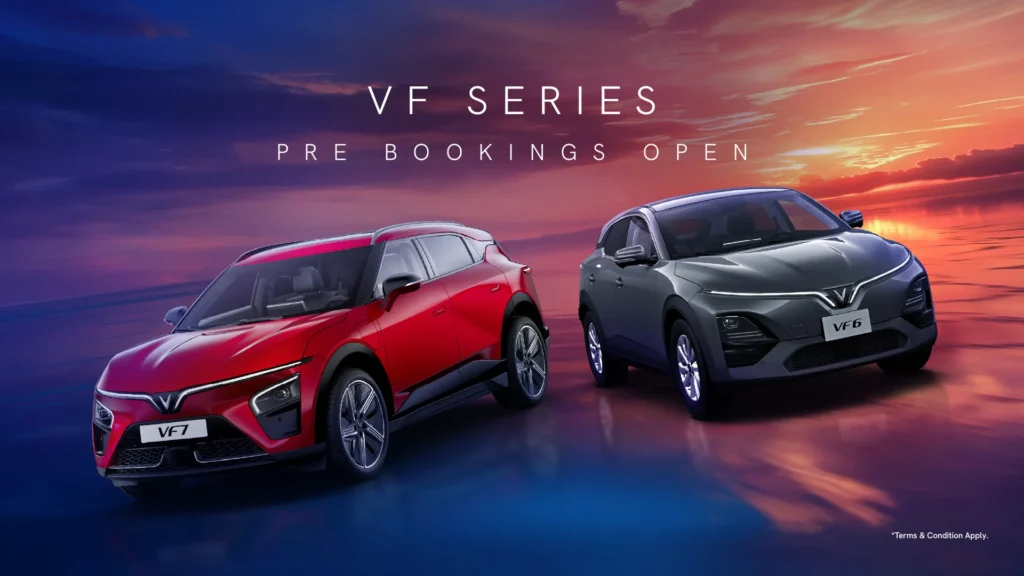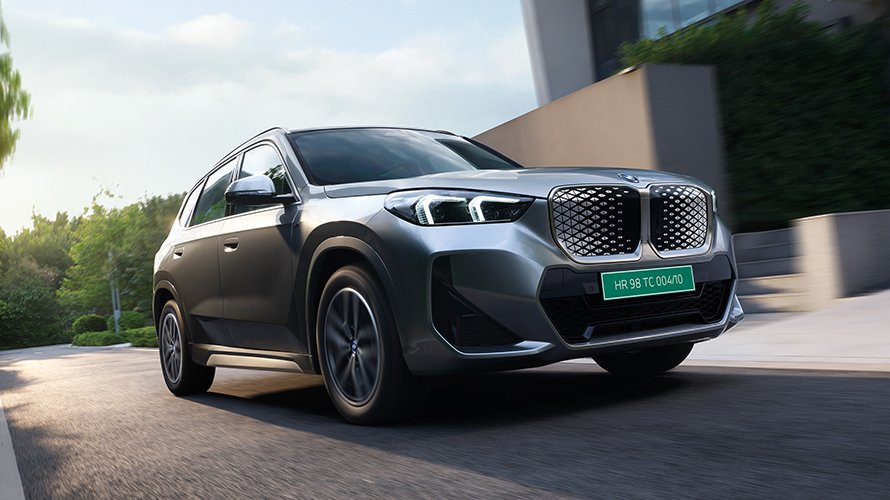Vietnam’s VinFast, the audacious EV upstart backed by billionaire Pham Nhat Vuong, is executing a sharp strategic U-turn. After racking up $11.5 billion in cumulative losses and facing a wall of setbacks in the U.S.—from scathing reviews and software recalls to delayed factory openings—the company is redirecting its gaze eastward to Asia and the Gulf.
In India, the world’s third-largest EV market, VinFast has fired its opening salvo with the aggressively priced VF6 and VF7 electric SUVs, unveiled on September 6, 2025. But as it squares off against titans like BYD and Tesla, the million-dollar question lingers: Can VinFast transcend its tarnished American reputation to conquer India’s discerning, price-wary consumers?
VinFast’s U.S. foray, launched with fanfare in 2022, quickly soured. The VF8 SUV drew flak for glitchy infotainment, build quality gripes, and a recall over autonomous driving software malfunctions, leading to dismal sales—barely 97,399 global units in 2024, with the U.S. contributing a fraction.
A planned North Carolina factory, once eyed for 2024 startup, has been pushed to 2028 amid $3.2 billion in 2024 losses alone.
The second-quarter 2025 net loss ballooned to $812 million, even as revenue ticked up to $663 million, underscoring the hemorrhage from Western expansions.
Enter the pivot: In April 2025, VinFast announced a refocus on Asia and the Gulf, markets less scarred by U.S.-centric media backlash and ripe with EV incentives.
Key targets include India, Indonesia, and the Philippines, where high-growth demand could offset European flops too.
The Gulf’s oil-rich diversification push—think UAE’s net-zero goals—offers another foothold, with VinFast eyeing assembly hubs there.
This isn’t abandonment; a spokesperson insists U.S. commitment persists, but Asia’s “unaffected demand” takes precedence.
The rationale? Regional focus trumps global overreach, allowing VinFast to leverage its Vietnamese roots and Vuong’s Vingroup empire for cost efficiencies. In India, a $500 million plant in Tamil Nadu—capacity for 150,000 cars annually—opened in August 2025, signaling all-in bets on the subcontinent’s 1.4 billion potential EV adopters.
India Onslaught: VF6 and VF7 Hit the Road with Wallet-Friendly Tags
VinFast wasted no time post-plant inauguration. On September 6, 2025, it launched the VF6 compact SUV and VF7 mid-size SUV, priced to disrupt: The VF6 starts at Rs 16.49 lakh (Earth variant), climbing to Rs 18.29 lakh (Wind Infinity), while the VF7 kicks off at Rs 20.89 lakh, topping out at Rs 25.49 lakh—all ex-showroom.
These undercut rivals like Tata’s Nexon EV (Rs 14.5-19.5 lakh) and Mahindra’s XUV400 (Rs 15.5-19.4 lakh) on features, boasting 60-75 kWh batteries for 400-500 km ranges, ADAS Level 2, and panoramic sunroofs. The aggressive pricing—subsidized by VinFast’s deep pockets—aims at urban millennials eyeing premium EVs without premium pain. VF6’s three variants (Earth, Wind, Wind Infinity) cater to entry-level buzz, while VF7’s FWD/AWD options target families with 0-100 kmph in 6.7 seconds. Deliveries begin October 2025, backed by a 10-year/200,000 km warranty and free charging at 1,000+ stations via partner Zypp Electric.
This blitz challenges BYD’s Atto 3 (Rs 24-33 lakh) and Tesla’s impending Model 3 (expected Rs 40 lakh+), positioning VinFast as the “affordable disruptor” in a market projected to hit 10 million annual EV sales by 2030.
Here’s the rub: VinFast’s U.S. misadventures—a “debacle” of bad press and customer distrust—could poison its Indian well.
Forums buzz with tales of VF8 lemons, eroding global credibility that savvy Indian buyers—voracious scrollers of Reddit and YouTube—won’t ignore.
“VinFast’s survival or bankruptcy now depends on the Indian market,” one analyst warns, citing infrastructure hurdles and conservative tastes in a nation where EVs are just 2% of sales.
India’s EV scene is unforgiving: Cost-sensitive drivers demand reliability over hype, and service networks are make-or-break. Freebies like charging and maintenance lure today, but “resale value and quality will decide if they stay,” as LinkedIn commentators note.
VinFast’s uphill battle mirrors its U.S. woes—needing to “build credibility” through flawless execution in a market where Tata and Mahindra hold 80% share.
Unlike the Gulf’s subsidy windfalls, India’s charging desert and import duties (despite PLI incentives) amplify risks.Yet, optimism flickers: Local assembly dodges 100% tariffs, and Vuong’s war chest ($2 billion infusion in 2025) funds a 100-dealer blitz by year-end.
If VF6/VF7 deliver glitch-free miles, VinFast could carve a niche, much like BYD’s quiet Atto climb.


